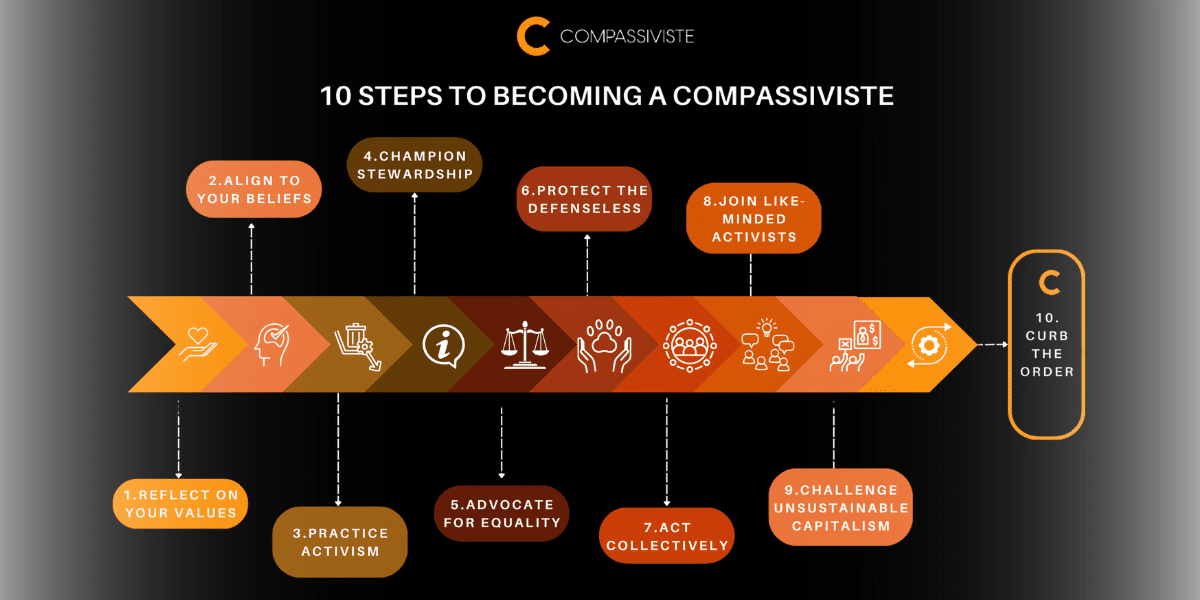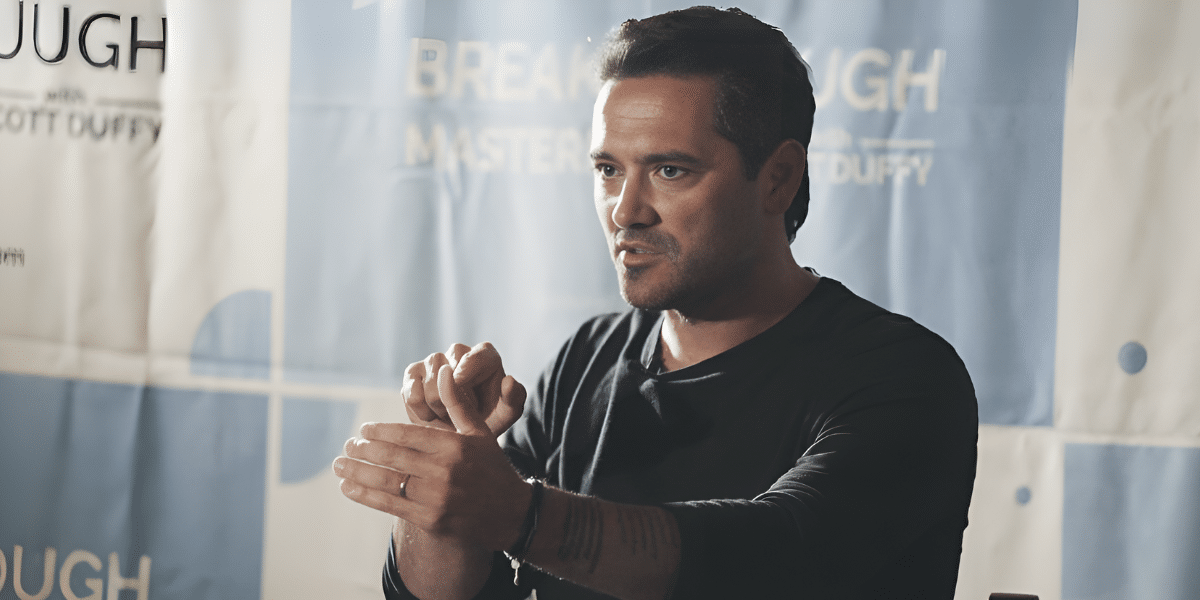By: Kattie Muniz
Forget the endless self-help books and listicles promising instant happiness. If you’re looking for a truly transformative approach to personal growth, you can consider Eye Movement Desensitization and Reprocessing (EMDR), a unique therapy technique with the potential to unlock lasting change.
“EMDR isn’t about empty promises or quick fixes,” says Rebecca Kase, founder and owner of Kase & CO. “It’s a therapy backed by research and clinical experience, offering a distinct approach to healing and growth.”
Demystifying EMDR: A Unique Approach to Healing
EMDR might sound like something out of science fiction, but it’s a well-established therapy technique with a surprising history. Developed in the 1980s by Dr. Francine Shapiro, EMDR initially focused on helping individuals cope with the emotional distress of traumatic experiences but has since expanded to help address a range of mental health challenges.
At the heart of EMDR lies a unique process known as bilateral stimulation, which involves engaging the brain’s natural information-processing pathways by repeatedly moving the eyes back and forth, tapping hands, or listening to alternating sounds. While engaging in bilateral stimulation, individuals focus on specific aspects of a distressing memory or negative belief.
The magic lies in the brain’s inherent ability to heal itself. By activating these processing pathways, EMDR can facilitate the desensitization of negative emotions associated with the targeted memory or belief. This can lead to a shift in perspective, allowing individuals to view the experience in a more neutral light and develop healthier coping mechanisms.
It’s important to note that EMDR is not a self-help technique but rather a structured therapy process conducted by a trained professional. During sessions, the therapist guides the individual through each step, ensuring a safe and supportive environment for exploration and healing.
While EMDR’s core principles seem simple, the underlying mechanisms are complex and still being actively researched. However, its effectiveness in various clinical studies and countless personal stories paint a compelling picture of its potential to transform lives.
From Struggles to Strengths: The Transformative Power of EMDR
EMDR can be a transformative tool in healing. “Imagine carrying a heavy backpack filled with painful memories, limiting beliefs, and emotional baggage,” Kase shares. “These burdens can weigh you down, impacting your relationships, career, and overall well-being. EMDR offers a unique opportunity to unpack this backpack, lighten the load, and leave you feeling empowered and free.”
EMDR tackles the issues at their root, addressing the underlying emotions and experiences that fuel negative thoughts and behaviors. Here are some specific ways it can transform your life:
- Healing from trauma: EMDR is particularly effective in treating symptoms of post-traumatic stress disorder (PTSD). By revisiting and processing the traumatic memory in a safe and controlled environment, individuals can desensitize the emotional charge, reducing flashbacks, nightmares, and anxiety.
- Breaking free from negative beliefs: Limiting beliefs like “I’m not good enough” or “I don’t deserve happiness” can hold you back. EMDR can help you challenge these beliefs, develop healthier perspectives, and build self-compassion.
- Emotional regulation: Does anxiety or anger control your life? EMDR can help you process the underlying emotions linked to these triggers, equipping you with healthier coping mechanisms to manage your emotions effectively.
- Improved relationships: Past experiences can impact how you connect with others. By addressing emotional baggage and limiting beliefs, EMDR fosters healthier communication, trust, and intimacy in your relationships.
- Enhanced self-esteem: Emotional burdens can erode one’s sense of self-worth. EMDR can help one reclaim their power, build confidence, and embrace their true potential.
“It’s important to remember that transformation is a journey, not a destination,” Kase explains. “EMDR is a powerful tool but requires dedication and active participation.” However, the potential rewards are significant — a life free from emotional burdens, empowered by self-acceptance, and ready to embrace new possibilities.
Finding Your Fit: Who Thrives with EMDR?
While EMDR offers a unique path to healing, it’s not a one-size-fits-all solution. Understanding who benefits most can help you decide if it’s the right approach for you.
According to Kase, people who may find EMDR particularly helpful include:
- For those with past traumas: EMDR excels at addressing the emotional toll of traumatic experiences, including PTSD, abuse, accidents, and natural disasters. It can help desensitize the emotional charge and offer relief from symptoms like flashbacks, nightmares, and anxiety.
- Individuals struggling with negative beliefs: Do limiting beliefs like “I’m not good enough” or “I don’t deserve happiness” hold you back? EMDR can be a powerful tool to challenge these beliefs, develop healthier perspectives, and build self-compassion.
- People seeking emotional regulation: If anxiety, anger, or other strong emotions control your life, EMDR can help you process the underlying triggers and equip you with healthier coping mechanisms to manage them effectively.
- Those seeking improved relationships: Past experiences can impact how you connect with others. By addressing emotional baggage and limiting beliefs, EMDR can foster healthier communication, trust, and intimacy in your relationships.
- Individuals searching for enhanced self-esteem: Carrying emotional burdens can erode your sense of self-worth. EMDR can help you reclaim your power, build confidence, and embrace your true potential.
Nevertheless, EMDR might not be suitable for everyone, and individuals with complex mental health conditions or severe dissociative disorders may require different approaches. Kase explains that being willing to delve into past experiences and explore your thoughts and feelings is crucial for success with EMDR.
“EMDR is also not a quick fix,” Kase notes. “It can bring significant improvements, but lasting results require dedication and commitment to the therapy process. It takes time, but remember that it’s also not a solitary journey. Understanding your unique needs and seeking professional guidance will set you on the path to lasting transformation.”
If you resonate with the potential of EMDR, hold onto this: You’re not alone. Countless individuals have found healing and empowerment through this therapy. Embrace the unique experiences and emotions that surface during your personal journey. Change takes time, so be patient, committed, and trust the therapeutic process. Celebrate progress, big or small, because every step forward is a victory on the path to transformation.
“EMDR isn’t just about erasing the past,” Kase says. “It’s about rewriting your story — shedding burdens, embracing your strengths, and stepping into a future filled with possibility.” The power to heal and grow lies within you, and EMDR can be the key to unlocking it.
Published by: Holy Minoza












